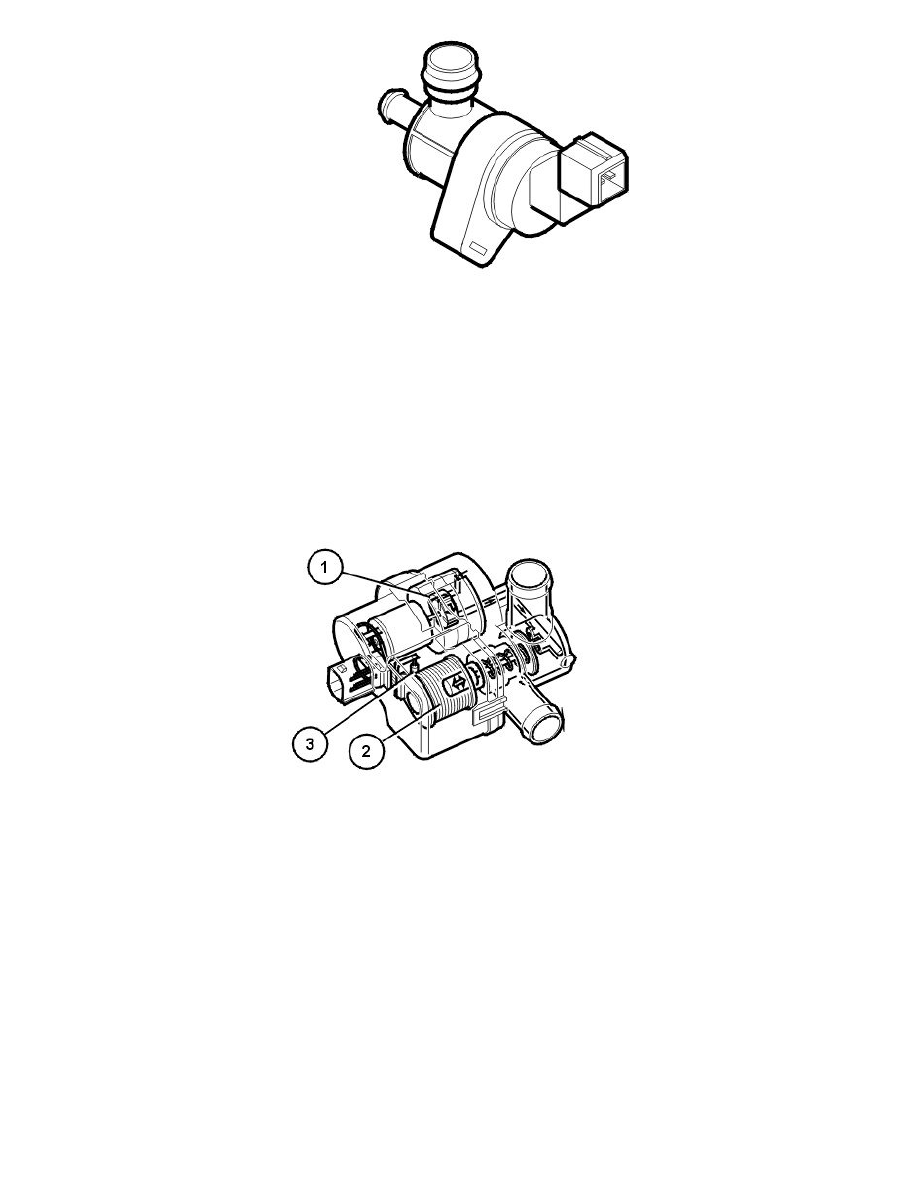S80 AWD V8-4.4L VIN 85 B8444S (2008)

The evaporative emission system (EVAP) valve is used to open and close the connection between the EVAP canister and the intake manifold. The valve
controls the flow of hydro-carbons (fuel vapor) from the EVAP canister to the engine intake manifold using the vacuum in the intake manifold. This
ensures that hydro-carbons stored in the EVAP canister are used in the engine combustion process.
The valve is an electromagnetic valve and is powered from the system relay. When the valve needs to be opened, it is grounded internally in the engine
control module (ECM). The evaporative emission system (EVAP) valve is closed when in the standby position (open-circuit).
When the control module requests that the EVAP canister should be drained (the hydrocarbons stored in the canister should be released into the engine),
the control module deploys the evaporative emission system (EVAP) valve by grounding it. A pulse width modulation (PWM) signal is used to ground
the valve and to control the degree to which the valve will open. In this way, the drainage of the EVAP canister is matched to the volumetric efficiency of
the EVAP canister, the engine speed (rpm) and the engine load.
The evaporative emission system (EVAP) valve can be diagnosed by the engine control module (ECM) and can be activated.
The evaporative emission system (EVAP) valve is on the rear edge of the engine (passenger compartment side).
Leak diagnostic unit (certain markets only)
The leakage diagnostic unit's function is to pressurize the tank system for leakage diagnostics.
The leak diagnostic unit consists of a plastic housing with:
1. electrical air pump
2. a valve / solenoid which governs the air flow in the unit
3. a heater element (PTC resistor) which warms up the pump.
The electrical pump, valve and heater element in the unit are supplied with voltage by the system relay. The pump, valve and heater element are
grounded (control) in the engine control module (ECM).
When leakage diagnostics is not active, the valve is kept open to ambient air so that EVAP-control can be performed.
At leakage diagnosis, the pump in the leakage diagnostic unit will start, and the valve in the leakage diagnostic unit will be controlled by Engine control
module (ECM) by grounding the various circuits internally in Engine control module (ECM).
Engine control module (ECM) checks sealing in the fuel tank system by pressurizing the system and at the same time monitor a number of relevant
parameters. See also: Leak diagnostics (certain markets only) See: Description and Operation/Leak Diagnostics (Certain Markets Only)
The engine control module (ECM) can diagnose the leak diagnostic unit.
The valve in the leakage diagnostic unit can be activated.
The leak diagnostic unit is at the upper front edge of the fuel tank.
air conditioning (A/C) compressor.
